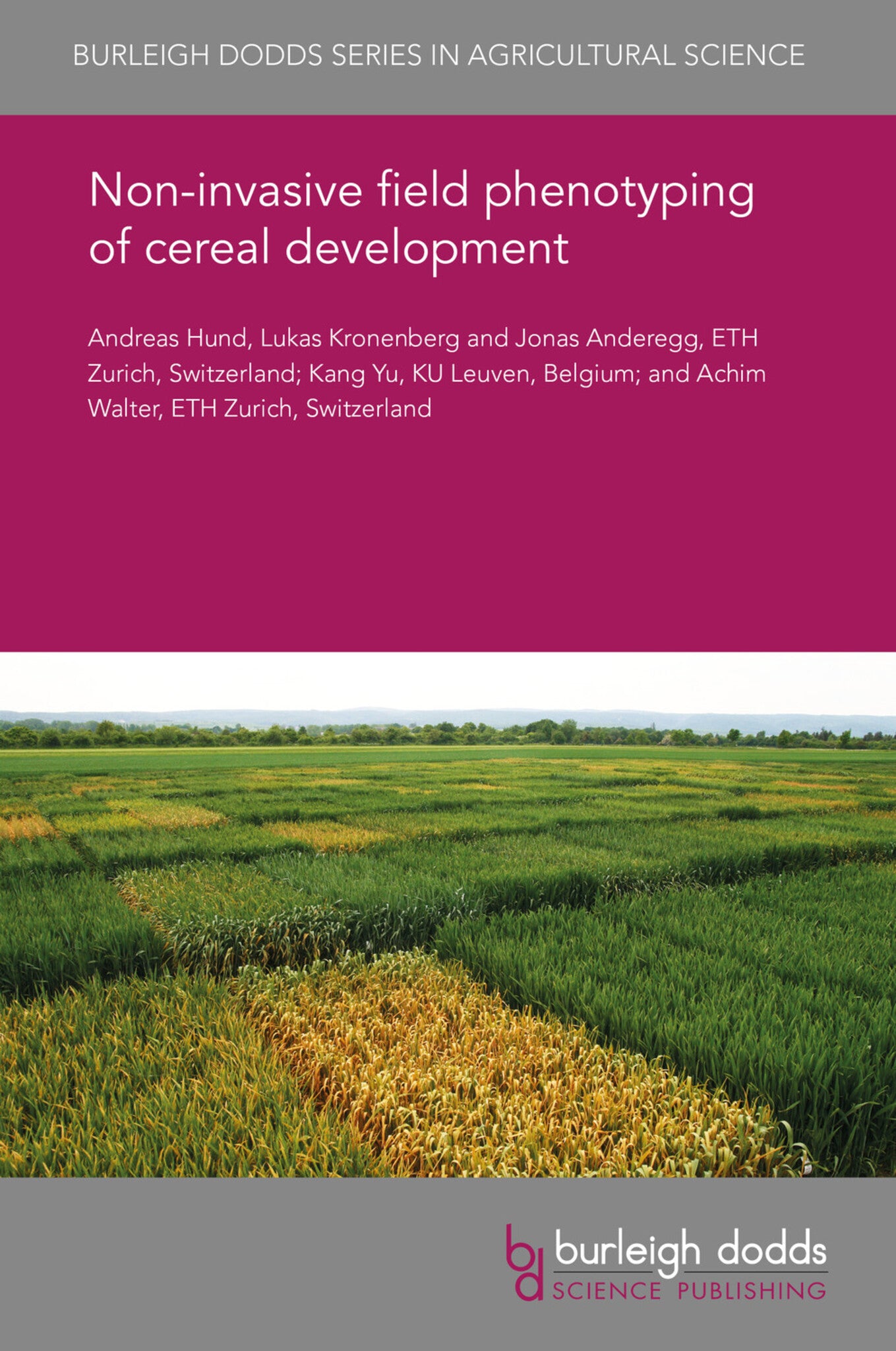We're sorry. An error has occurred
Please cancel or retry.
Non-invasive field phenotyping of cereal development
Regular price
£25.00
Sale price
£25.00
Regular price
£0.00
Unit price
/
per
Sale
Sold out
Re-stocking soon
High throughput field phenotyping (HTFP) allows the selection of crops with unprecedented precision, and plays an important role to understand genotype-by-environment interaction. This chapter desc...
Read More

Some error occured while loading the Quick View. Please close the Quick View and try reloading the page.
Couldn't load pickup availability
- Format:
-
27 June 2019

High throughput field phenotyping (HTFP) allows the selection of crops with unprecedented precision, and plays an important role to understand genotype-by-environment interaction. This chapter describes carrier systems for non-invasive field phenotyping, outlines the principles of envirotyping, and examines the challenge of physiological breeding by means of high-throughput phenotyping of plant development. The chapter describes the importance of the different phases of cereal development and how to phenotype them, and analyses genetic crop models. Finally, the chapter looks ahead to future research trends in this area.

Price: £25.00
Publisher: Burleigh Dodds Science Publishing
Imprint: Burleigh Dodds Science Publishing
Series: Burleigh Dodds Series in Agricultural Science
Publication Date:
27 June 2019
ISBN: 9781838798291
Format: eBook
BISACs:
TECHNOLOGY & ENGINEERING / Agriculture / Sustainable Agriculture, Agronomy and crop production, TECHNOLOGY & ENGINEERING / Agriculture / Agronomy / Crop Science, Sustainable agriculture

- 1. Introduction
- 2. Carrier systems
- 3. Envirotyping
- 4. Physiological breeding by means of high-throughput phenotyping of plant development
- 5. Cereal development: the importance of the different phases and how to phenotype them
- 6. Genetic crop models
- 7. Future trends and conclusion
- 8. Where to look for further information
- 9. References



